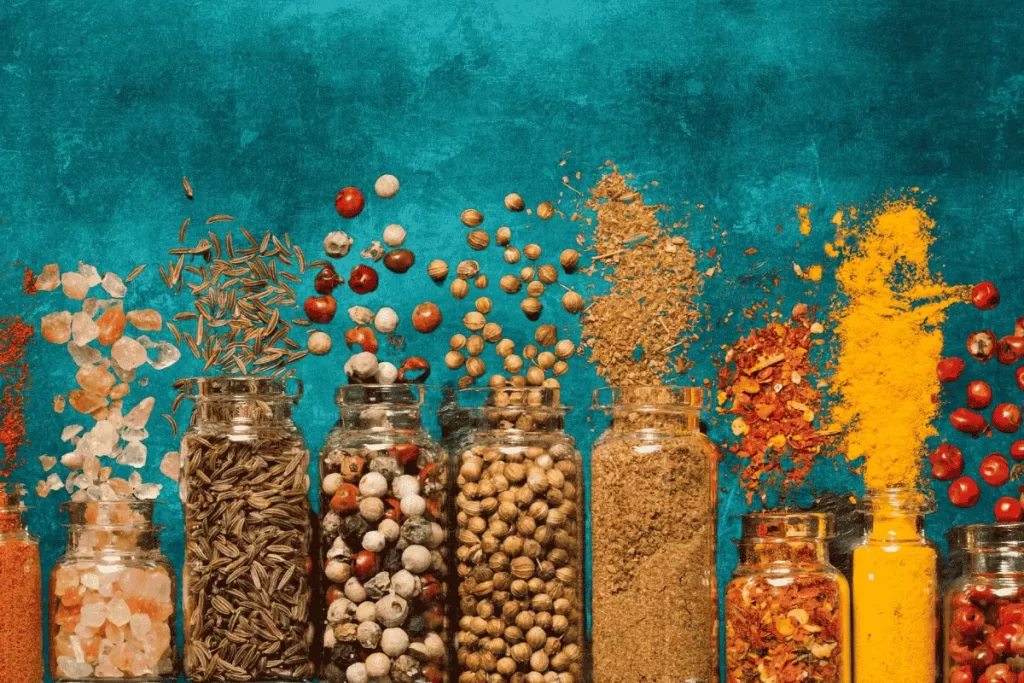Spicing Up Global Trade: Inside India’s Spices Export Procurement Process
India, often hailed as the “Land of Spices,” is the largest producer, consumer, and exporter of spices in the world. From turmeric in Andhra Pradesh to cardamom in Kerala and cumin in Gujarat, India’s spice belt is as diverse as its culinary heritage. For businesses aiming to enter the lucrative India spices export market, a deep understanding of the spice procurement process, compliance framework, and emerging market trends is essential. This blog outlines the end-to-end Indian spices export procurement journey with vital insights and SEO-rich keywords.
The procurement of Indian spices for export begins at the source – the sprawling farmlands and spice-growing regions across the country. Leading states like Kerala, Karnataka, Tamil Nadu, Andhra Pradesh, Gujarat, and Rajasthan are known for cultivating a wide range of spices such as black pepper, turmeric, ginger, cumin, coriander, chili, and fenugreek. Exporters typically work with farmer-producer organizations (FPOs), licensed spice traders, and processing units to source high-quality, pesticide-free produce. For premium spices export like organic turmeric or Malabar black pepper, traceability and organic certifications (e.g., NPOP or USDA Organic) are increasingly important, especially in markets like Europe and North America.
Regulatory compliance forms the backbone of any successful spice export from India. Just like with other agricultural commodities, obtaining an Import Export Code (IEC) from the Directorate General of Foreign Trade (DGFT) is the first mandatory step. Exporters must also register with the Spices Board of India, which oversees spice exports and quality control. This body provides support services such as laboratory testing, export inspection, and issuance of the Spices Board Registration-cum-Membership Certificate (RCMC). Moreover, exporters need to comply with global food safety standards like HACCP, ISO, and ensure residues of pesticides and heavy metals are within permissible limits.
To cater to the growing demand for pure, potent, and organic Indian spices, exporters must align their procurement with market trends. There’s a notable shift towards sustainably sourced and value-added spice products like spice blends, essential oils, oleoresins, and dehydrated powders. Key importing countries like the USA, UAE, Germany, and the UK are seeking spice exporters India who can supply consistent quality in bulk, backed by certifications like BRC, GMP, and FSSAI compliance. The surge in health-conscious consumption is also boosting demand for turmeric curcumin, ginger powder, and chili flakes, making product diversification a critical procurement strategy.
Packaging and logistics are vital in preserving the flavor and quality of spices during transit. Spices are typically exported in moisture-proof, air-tight packaging like laminated pouches, jute bags with poly liners, or food-grade drums depending on the type and volume. For bulk spice shipments, choosing between sea and air freight depends on destination, shelf life, and urgency. Proper documentation is a must, including a commercial invoice, packing list, Certificate of Origin, phytosanitary certificate, health certificate (if required), and Bill of Lading or Airway Bill. Working with reliable freight forwarders with experience in spices export India ensures smooth customs clearance and timely delivery.
Despite India’s dominance in global spice exports, challenges persist. These include climate-sensitive crop yields, rising input costs, compliance with stringent international quality norms, and intense competition from emerging spice-exporting nations. However, supportive government initiatives like the “Spice Parks” by the Spices Board, quality improvement schemes, and the digitization of export documentation through ICEGATE are streamlining the procurement and export processes.
In conclusion, the Indian spices export sector presents vast opportunities for exporters ready to navigate its dynamic procurement landscape. By focusing on quality sourcing, regulatory compliance, market-oriented product offerings, and efficient logistics, exporters can ensure a stronghold in the international spice trade. As global demand for authentic, safe, and sustainable Indian spices continues to rise, India’s spices are set to flavor the world – one shipment at a time.

